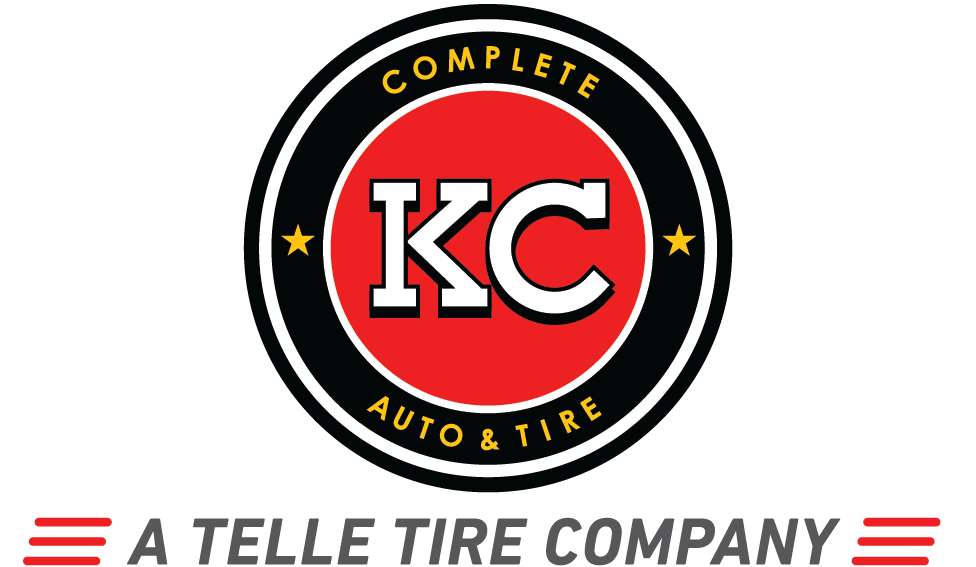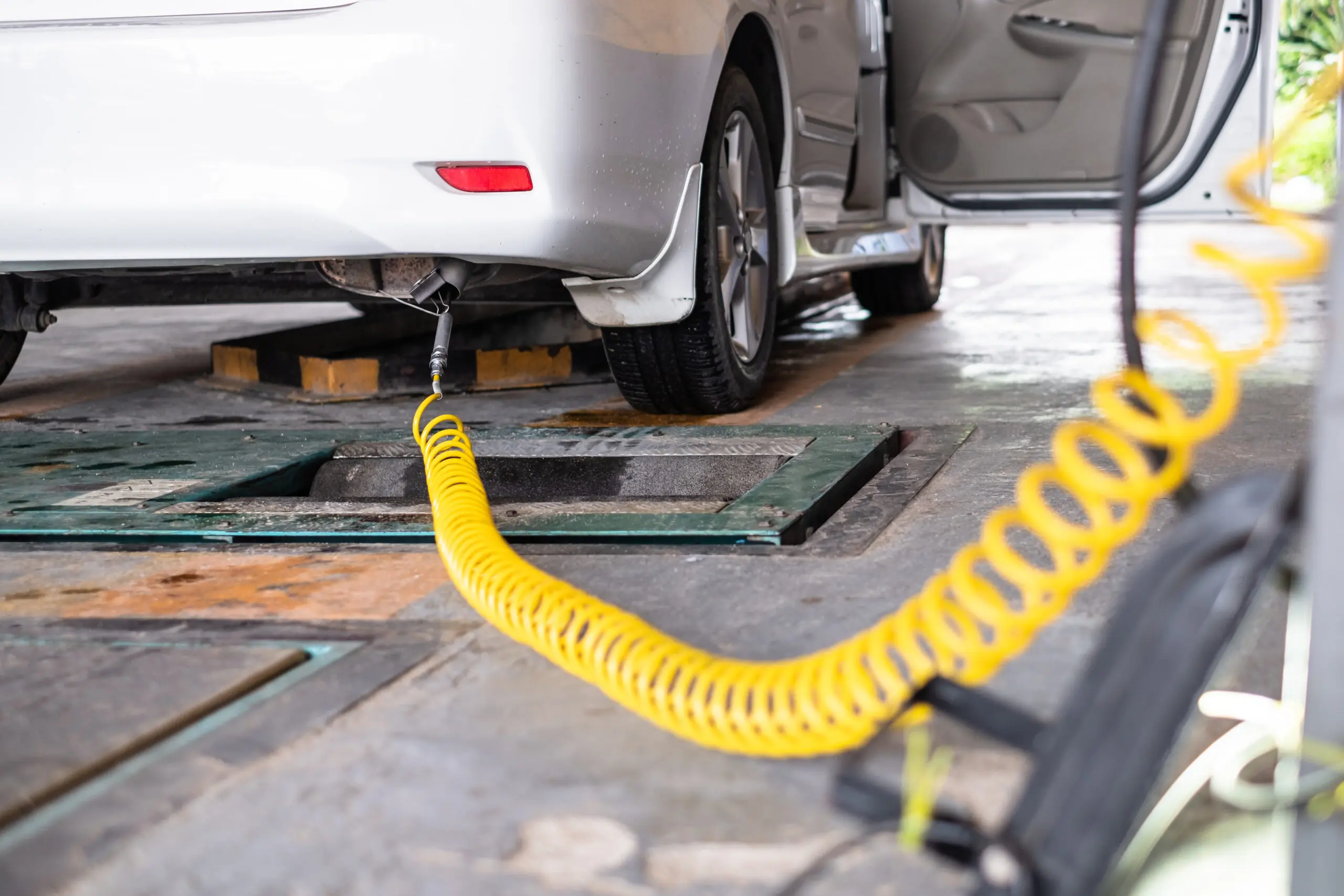How To Pass Emissions Test After A Failed Inspection
While it’s always recommended to keep up with routine maintenance, in Missouri and many other states, vehicles are required to undergo an inspection and emissions test to help improve air quality.
As a vehicle owner, you’ve more than likely received your notice that it’s time for an inspection and emissions test. If your vehicle is a newer model year, chances are you’ll easily pass your inspection and emissions test, but as your car ages, your odds of a failed emissions test increase. Going in thinking you’ll pass and coming out with a fail can be a bit jarring, leaving you with questions about the safety of your vehicle and how much it’s going to cost to make the necessary repairs.
What Causes a Failed Emissions Inspection?
There are a variety of reasons cars fail an inspection, some more easily resolved than others. Below are some of the common reasons for failed emissions tests:
- Recent battery disconnection: Batteries that have been disconnected, such as during repairs, within a few weeks of getting your vehicle inspection may not have enough information stored within your onboard diagnostics system for the inspection, resulting in a failed emissions test.
- Issues with the data link connector (DLC): Also known as the onboard diagnostics port, the data link connector is how the vehicle connects to an inspector’s testing system. Any kind of issues with the port or the connection can result in test failure.
- The “check engine” light is on: If your check engine light is on, more than likely the inspection will result in a fail regardless of the reason it is lit.
- Diagnostic trouble code is identified: The inspection may end up throwing a diagnostic trouble code in the inspection report. While disappointing, the report can simply be taken to a qualified mechanic who can identify the necessary services or repairs needed before your retest.
- Issues with the exhaust system: Your vehicle’s exhaust system is responsible for taking the burnt gases from the engine and taking them out through the exhaust pipe. An important piece of this system, the catalytic converter, works to transform some of these gases into water and carbon dioxide, but if this piece is having issues, you could fail the emissions test.
- Faulty sensors: A faulty sensor can end up triggering your “check engine” light, resulting in a failed test. These could be a faulty oxygen sensor or mass airflow sensor that are bad or faulty.
- System issues: There could also be a number of other issues that will cause a failed inspection. If there are issues with your ignition system, fuel injection system, or air injection system, it could end up resulting in a failed inspection.
- Other issues: There are also a variety of issues that could result in a failed inspection, including a loose, cracked, or ill-fitting gas cap, waiting too long between oil changes, or not replacing your engine’s air filter.
In addition to these possibilities, there could be a number of other reasons your vehicle fails an emissions inspection. To understand the requirements for passing the test, review your state’s emissions testing guidelines.
What is a Passing Emissions Test Score?
Passing an emissions test is, of course, the goal, but what does that exactly mean? There’s not really a “score” to note or aim for, but it’s important to understand how a pass/fail is determined. The inspection is to make sure the sensors in your car that control the level of greenhouse gas emissions are functioning as intended. As long as the majority of these monitors have been run and are working correctly, the test is considered a pass.
Can I Continue Driving After a Failed Emissions Test?
Failing an inspection can have you questioning the safety of your vehicle and even whether you should be driving the car out of the facility. The good news is you can still drive your vehicle after a failed emissions test. However, you will not be able to renew your registration without receiving a passing score, so eventually, you will no longer be able to have the vehicle on the road legally.
Once your vehicle is serviced or repaired, you can repeat the test and attempt to pass inspection. If you are unable to get these repairs due to economic hardship or have reached the maximum repair cost limit determined by your state or local government, you can apply for a waiver that will allow you to continue driving without this passing score.
Passing the Retest
When it’s time to retest, you’ll want to follow the guidelines for retesting for emissions inspection. So, you may ask yourself, “what do I fix to pass an emissions inspection?” In general, that will be up to whatever the initial reasons for the emissions test failure were determined to be. However, here are some common fixes that may end up helping you pass the test:
- Get your oil changed: Dirty oil can affect the emissions testing result, and if you don’t keep up with your vehicle’s routine maintenance, it could mean your car fails the test.
- Make the proper exhaust repairs: Experiencing everything from increased engine noise and decreased fuel efficiency to vibrations in the driver’s seat, gas pedal, or steering wheel could indicate an issue with the exhaust system. Proper diagnosis and repair will help pass an emissions test.
- Reset the “check engine” light: No, we don’t just mean turn it off without considering why it was on in the first place. Many drivers like to simply ignore the light, but it could indicate a variety of issues are present. The easiest thing to do is take your vehicle to an auto shop that can connect it to a computer and correctly identify what may be triggering the light, then you’ll know exactly what to repair that will allow you to safely reset the light.
- Get a diagnostic test: Not quite sure what’s going on? The best thing to do is take your vehicle to a reputable mechanic to get a diagnostic test that will help point out any underlying issues that could be causing emissions test failure or other vehicle issues.
The next big question is, how much does it cost to fix a failed inspection test? Again, this is all going to depend on what the issue is and what the necessary repairs include. You will need to consult with your mechanic to determine these repair costs.
Failed Twice? Here’s What to Know
Unfortunately, it is possible to fail the emissions test twice. If that happens, it’s important to understand the next steps. It can be unrealistic for many to just continue making repairs over and over again. If a failure is due to economic hardship, you may be able to apply for a testing extension or waiver, so you have more time to afford the necessary repairs. Spending a certain amount of money on repairs that were originally intended for addressing a failed emissions test but still experiencing a failure may mean you can apply for a waiver. You may also be granted a waiver by the DMV if your repair costs would be more than the maximum amount allowed based on your car’s age, make, and model. If you fail a second time, discuss your options with the inspector.
Get a Thorough Inspection and Maintenance from Telle Tire
It’s important to ensure your vehicle passes its emissions testing the first time, as it helps to save you time and money. Unfortunately, it’s not always possible to prevent an emissions test failure, but knowing what you can do to fix it for the retest can help ensure it’s a less daunting task. Whether you need routine maintenance or need to make a repair based on a failed inspection, our team is here to help. Reach out with any questions or visit your nearest Telle Tire location today!


